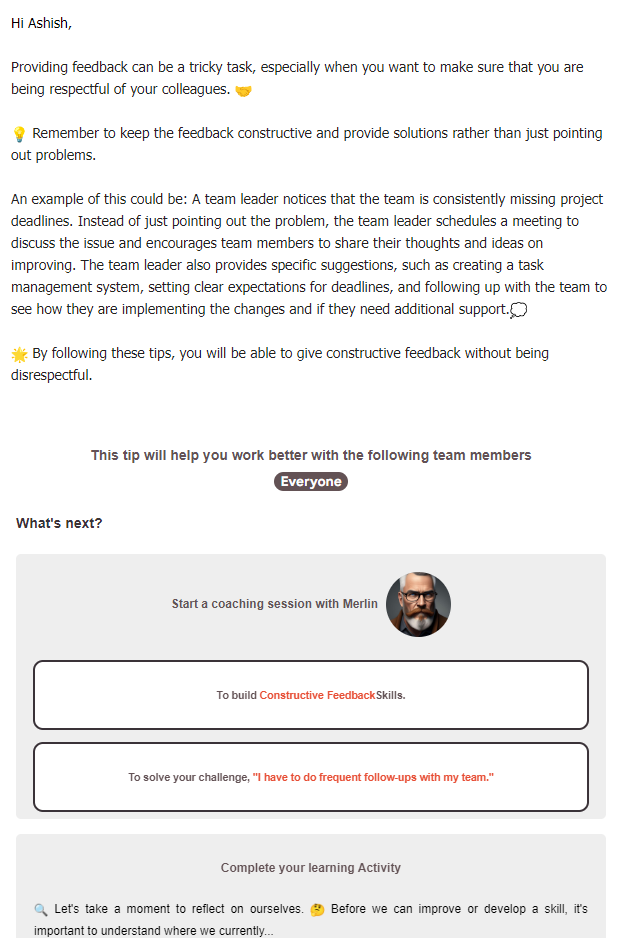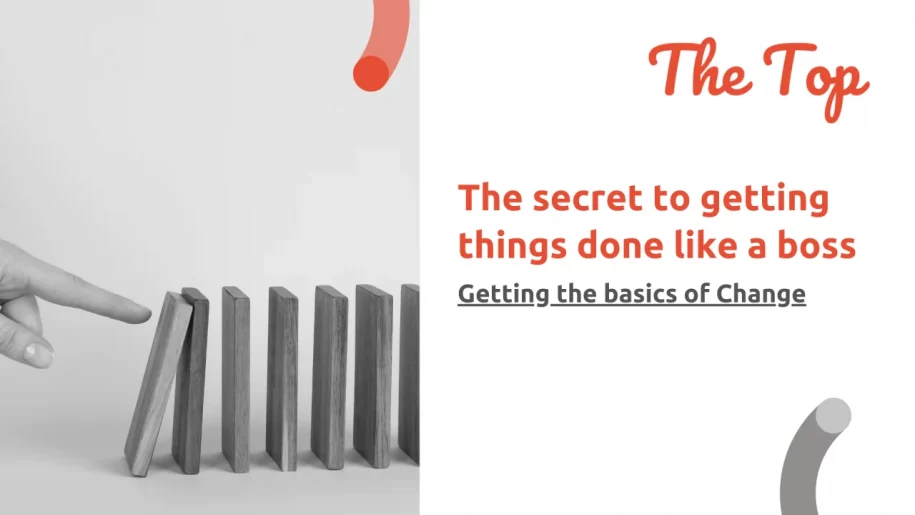The secret to getting things done like a boss
In today’s edition of The Top Newsletter, we’ll discuss something that’s all too common: changes.
If you have stayed constant at a workplace for a year or two, you’ll notice that things change even when no one tries. And yet, there are a few things that we desperately want to change but cannot. 😞
I am talking of those tedious tasks that occupy a cozy permanent spot on the to-do list and don’t start rushing when the alarm hits. While stagnating items add to our burden, sometimes we just can’t push forward. This is where an exciting insight by a Nobel laureate comes in. 📚
What’s the secret to getting things done?
Richard Thaler and Cass Sunstein set forth the concept of a “nudge” in their eponymous book. A nudge is any aspect of how a choice is presented that alters people’s behavior predictably without forbidding any options or significantly changing their economic incentives.
Nudges work by leveraging insights from behavioral science to influence decisions toward better outcomes subtly. We see quite a few nudges in action daily without ever realizing so. Wondering where?
- The default option of no cutlery on some food delivery apps that cuts down on waste generation 🍴
- Displaying fruits at eye level and candies somewhere far away in the cafeteria to encourage healthier choices 🍎🍬
- The nod of your colleagues when they see you catching up with long-delayed assignments 🤝
That’s not all! Society uses many more such nudges and subtle tools to reinforce acceptable and appreciable behaviors.
How can managers use nudges?
Imagine a manager, Mark, who needs to implement a new performance management system. Despite recognizing the initiative’s importance, Mark finds it challenging to get people on board. He has explained things and answered questions, yet there’s inertia. But Mark knows about nudges and quickly devises some cool ideas.
- The default option for training programs and feedback sessions is “yes.” This sets the schedule straight for everyone unless someone actively opts out. ✔️
- Mark shares their example with others whenever someone completes a training module or applies something they learned. This recognition and nod to efforts encourages other team members to join. 🤝
- While closing a session, Mark shares specific questions to get their team’s opinions. It helps him escape the generalized “all good” answer, and his team members think along relevant metrics to aid program improvement. 💭
How do we leverage nudges at Risely?
That was clever, wasn’t it? Nudges can be your subtle helping hand in getting a lot done. Even a notification bell or an underlined item on a to-do list can be super impactful when used well, like the one you can see here. ⬇️

That’s how Risely works, too! By subtly pushing and encouraging change through simple daily steps, Risely allows managers to unravel their true potential because we understand that you want to grow but get stuck. And that’s alright. 🤗
Want to see what nudges in action look like? Sign up for a free 14-day trial here 🚀

